Quiz Nature
Last Updated:
IMPROVE YOUR KNOWLEDGE WITH OUR NATURE QUIZ
Are you a nature enthusiast? We offer a collection of nature quizzes to test your knowledge on various topics, such as animals, plants, ecosystems, climate, etc.
Our nature quizzes are a fun and informative way to learn more about the natural world around us. With our selection of questions on different topics, you can test your knowledge about nature and biodiversity. Do you know the animals that live in tropical forests? Can you identify the different species of birds? Can you name the different geological formations? Our nature quizzes are here to help you answer these questions and expand your knowledge of nature.
Our nature quizzes will help you discover new animals and plants, and learn about the world’s most important ecosystems. Nature quizzes are a fun way to reinforce your knowledge and discover the beauty and complexity of nature. So if you are a nature enthusiast or just curious, come test your knowledge with our nature quizzes.
nature
/ 10
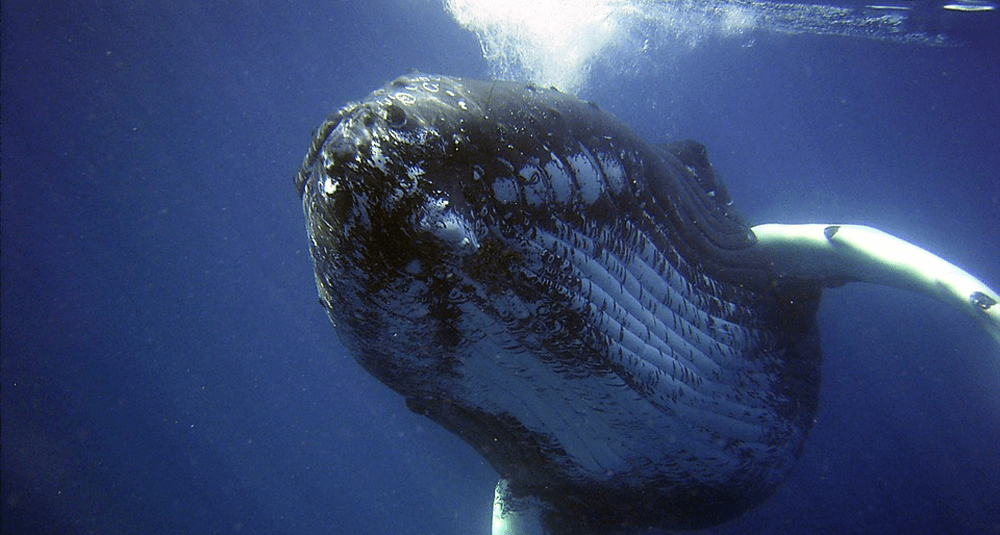
Are marine mammals endothermic or ectothermic?
1Endothermic
2Ectothermic

🙌 Good answer
Marine mammals are endothermic, producing their own body heat and maintaining a stable internal temperature, even in cold waters.
Next question

😞 Wrong answer
Marine mammals are endothermic, producing their own body heat and maintaining a stable internal temperature, even in cold waters.
Next question
nature
/ 10
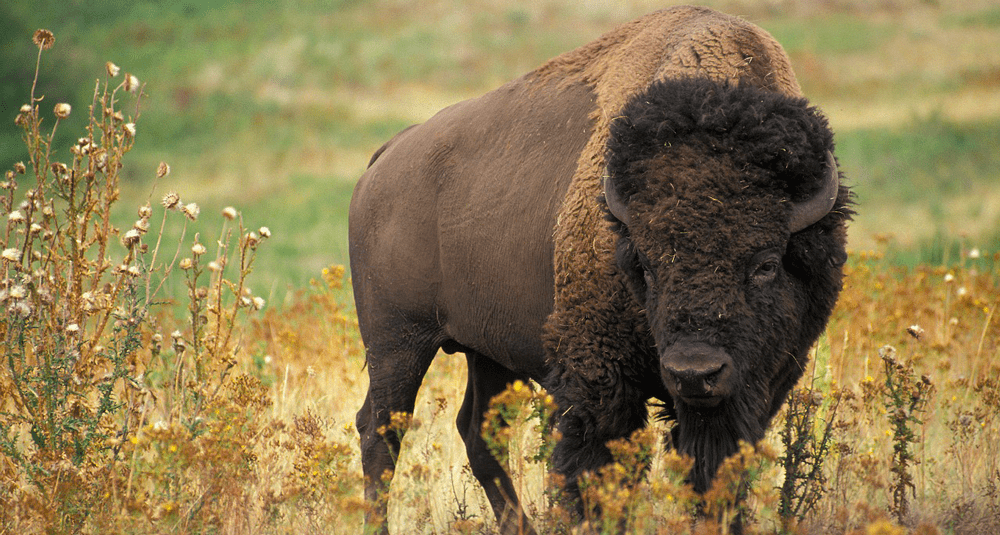
How many species of bison exist?
12
23

🙌 Good answer
Bison are a genus of large ruminant cattle of which there are two living species: the European bison and the North American bison.
Next question

😞 Wrong answer
Bison are a genus of large ruminant cattle of which there are two living species: the European bison and the North American bison.
Next question
nature
/ 10
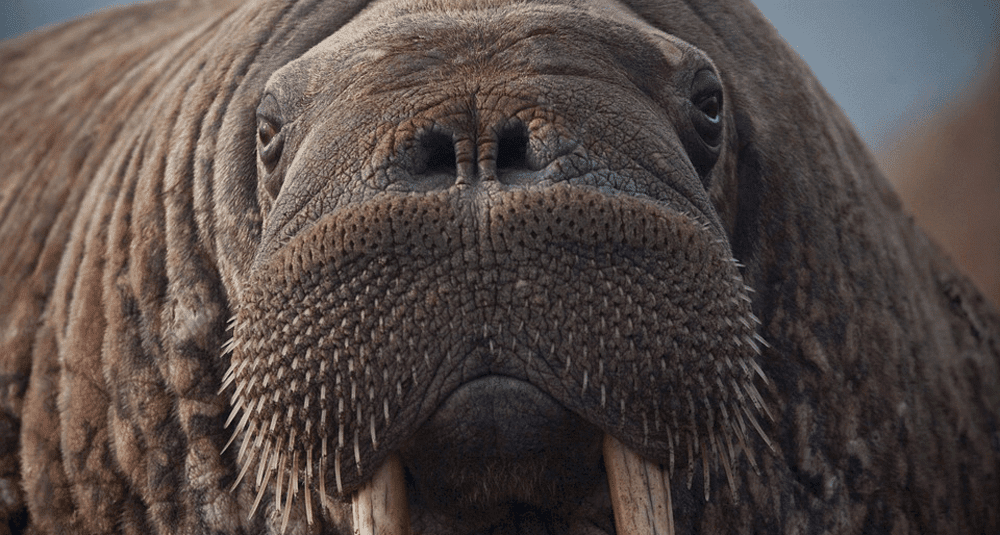
Is the walrus a marine mammal?
1Yes
2No

🙌 Good answer
Yes, the walrus is a marine mammal. Easily recognized by its long tusks, it lives mainly in Arctic regions.
Next question

😞 Wrong answer
Yes, the walrus is a marine mammal. Easily recognized by its long tusks, it lives mainly in Arctic regions.
Next question
nature
/ 10
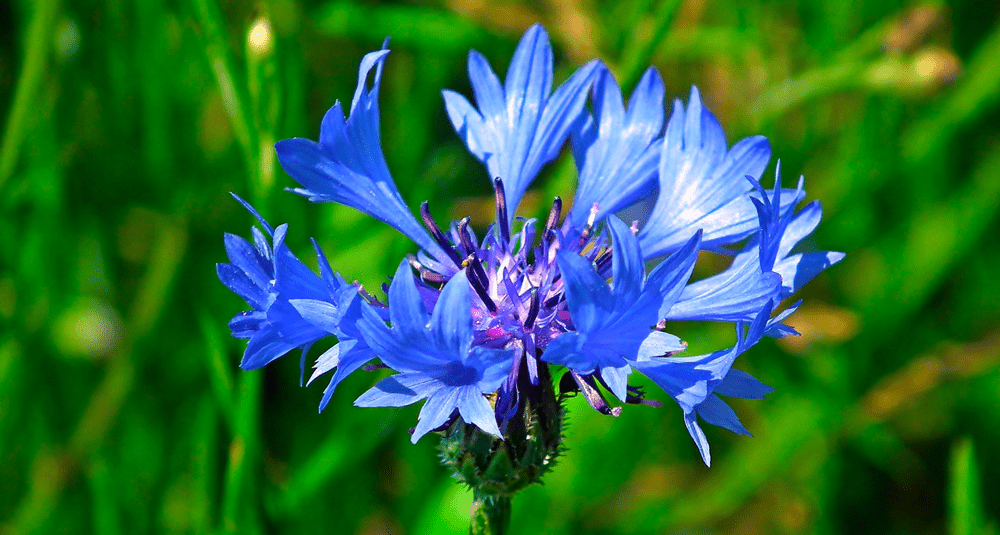
Why is the cornflower also called the glasses breaker?
1Its medicinal use
2Its culinary use

🙌 Good answer
Cornflowers are known as glasses breaker because of their medicinal properties. In the past, its flowers were thought to improve vision, hence its nickname.
Next question

😞 Wrong answer
Cornflowers are known as glasses breaker because of their medicinal properties. In the past, its flowers were thought to improve vision, hence its nickname.
Next question
nature
/ 10
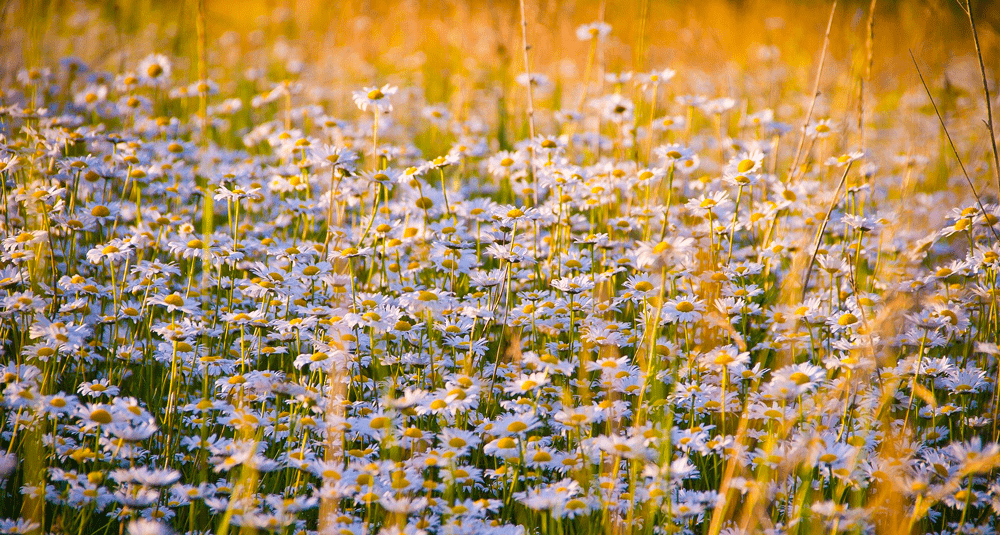
What is the scientific name for chamomile today?
1Matricaria chamomilla
2Filipendula ulmaria

🙌 Good answer
Chamomile's current scientific name is Matricaria chamomilla. This plant is widely used for its medicinal and soothing properties.
Next question

😞 Wrong answer
Chamomile's current scientific name is Matricaria chamomilla. This plant is widely used for its medicinal and soothing properties.
Next question
nature
/ 10
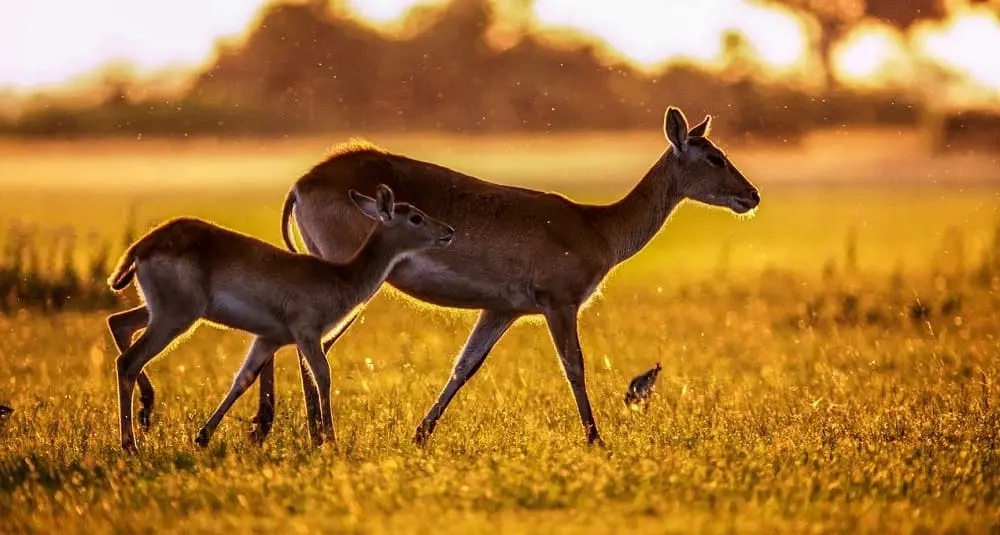
What is the smallest antelope in the world?
2Dik-dik
1Common eland

🙌 Good answer
The smallest antelope in the world is the dik-dik, a small antelope that lives in East Africa. It measures between 30 and 40 cm and weighs between 3 and 6 kg.
Next question

😞 Wrong answer
The smallest antelope in the world is the dik-dik, a small antelope that lives in East Africa. It measures between 30 and 40 cm and weighs between 3 and 6 kg.
Next question
nature
/ 10
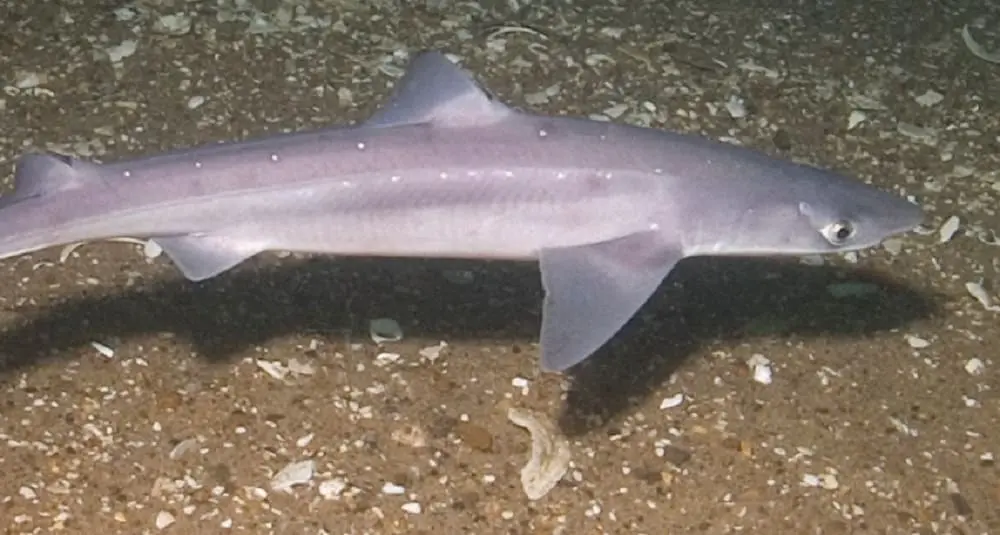
What is a spiny dogfish?
1Shark
2Tuna

🙌 Good answer
The spiny dogfish, also called dogfish, is a small shark belonging to the shark family.
Next question

😞 Wrong answer
The spiny dogfish, also called dogfish, is a small shark belonging to the shark family.
Next question
nature
/ 10
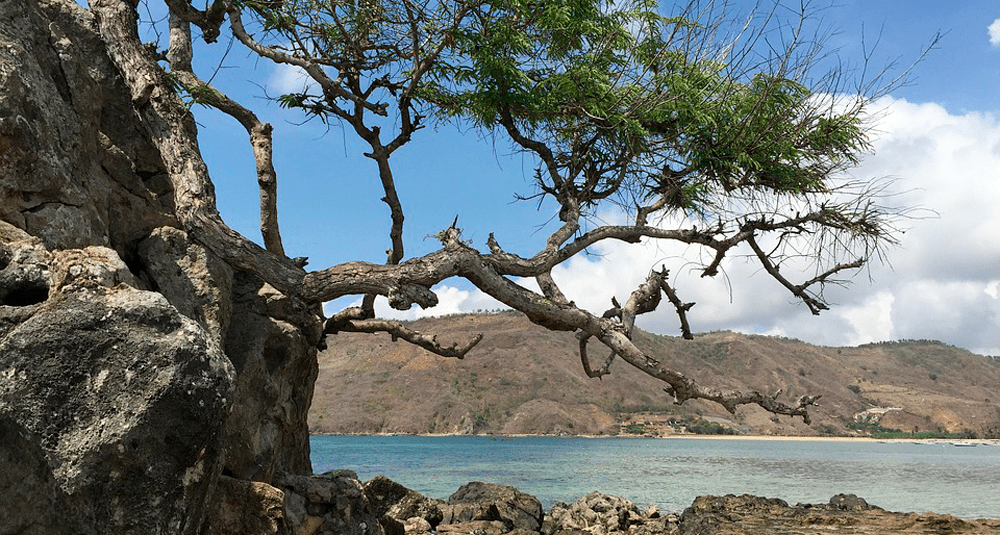
Which volcano is the deadliest?
1Tambora
2Unzen

🙌 Good answer
The eruption of the Tambora in 1815 was the most violent volcanic eruption ever known historically, and above all the most deadly.
Next question

😞 Wrong answer
The eruption of the Tambora in 1815 was the most violent volcanic eruption ever known historically, and above all the most deadly.
Next question
nature
/ 10
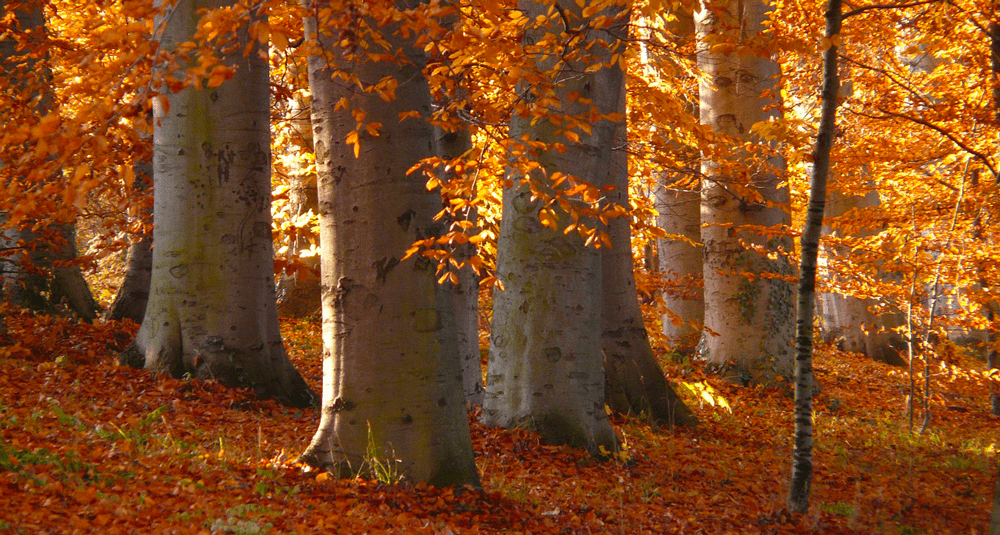
What is the fruit of the beech tree?
1The ridge
2The acorn

🙌 Good answer
The ridge is the fruit of the beech tree. The ridge is the harvesting of the beech trees, it also refers to the natural sowing of beech trees in forestry.
Next question

😞 Wrong answer
The ridge is the fruit of the beech tree. The ridge is the harvesting of the beech trees, it also refers to the natural sowing of beech trees in forestry.
Next question
nature
/ 10
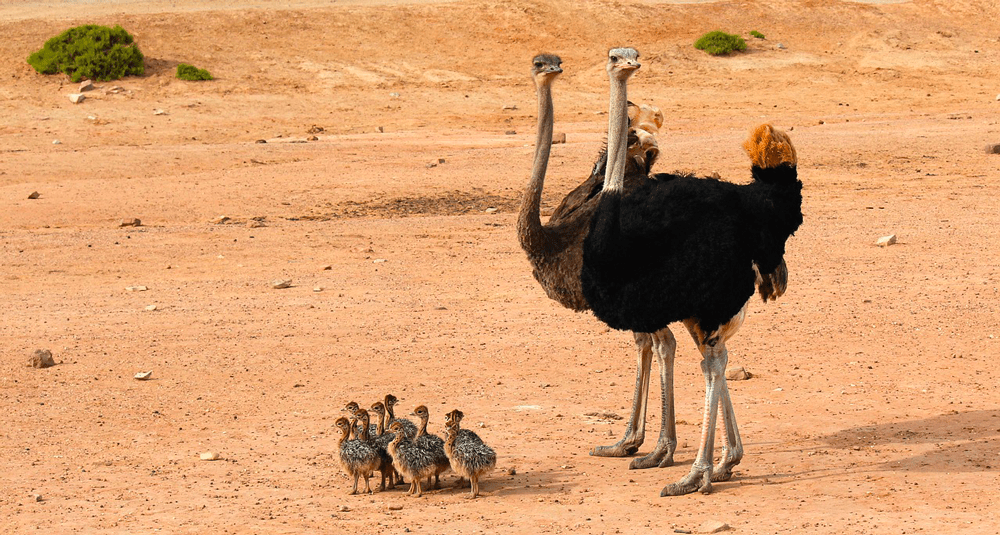
How fast does an ostrich run?
270 km/h (43 mph)
150 km/h (31 mph)

🙌 Good answer
Ostriches can run at speeds of up to 70 km/h. They are the largest and fastest of all land birds, capable of maintaining speeds of 50 km/h over long distances.
Next question

😞 Wrong answer
Ostriches can run at speeds of up to 70 km/h. They are the largest and fastest of all land birds, capable of maintaining speeds of 50 km/h over long distances.
Next question




